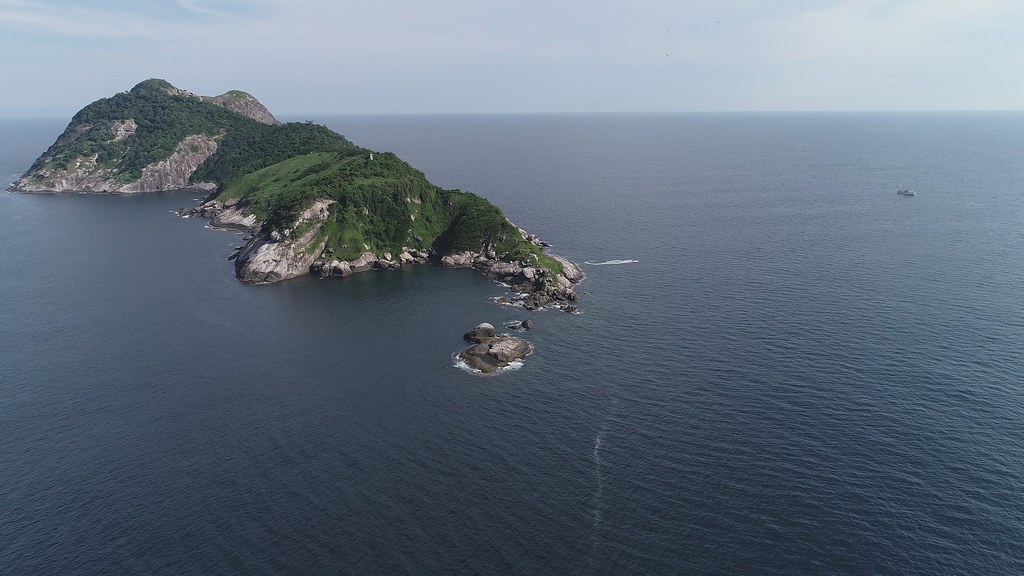There are places and sites we’d love to visit but simply cannot. Either they’ve vanished due to human folly or nature’s whims, or more commonly, access is no longer feasible because they’re now situated in war zones or regions where tourism is strongly discouraged. This doesn’t necessarily mean they’re completely sealed off forever or that circumstances won’t change, but still.
Today we’re heading to a rather unusual small island off the Brazilian coast, which has always been forbidden to the public due to its infestation of snakes. This island is Queimada Grande.
Where is Queimada Grande?
At just 0.43 square kilometres, Queimada Grande lies roughly forty kilometres off the coast of São Paulo state. Always uninhabited except for a lighthouse and its keeper until the early 20th century, the island remains closed to all visitors due to the countless venomous snakes that have made this land their own. Only scientific teams are occasionally permitted to land on Queimada to conduct their research.
Why are there so many snakes on Queimada Grande?
A phenomenon quite unique in its kind, Queimada Grande island today hosts the world’s highest concentration of snakes. Though the population has declined somewhat in recent years, several thousand individuals still remain, with some areas of the island having one snake per square metre.
Moreover, these snakes are far from friendly, as they all belong to the Jararaca-ilhoa family, a dangerous variety of pit viper.
Yellowish in colour and capable of exceeding one metre in length, they’re also hermaphroditic and can fast for six months, though on Queimada island they have no trouble finding small birds and their eggs for sustenance. The particular trait of the Jararaca-ilhoa is that it’s also one of the most venomous and deadly snakes in the world.
Just the thing to ensure the island and its serpents become the subject of numerous myths, with the place sometimes presented as one of the most dangerous on Earth for humans…
As for explaining this massive snake presence, we must go back several thousand years. Queimada Grande was then connected to the mainland before a sudden rise in sea level turned this land into an island, trapping the snakes that already lived there. Since the place held little interest for humans, no one came to settle there. Apart from the island’s lighthouse, nothing was ever built or developed there. This allowed the snakes to continue their peaceful existence, without any predators, over the centuries…

